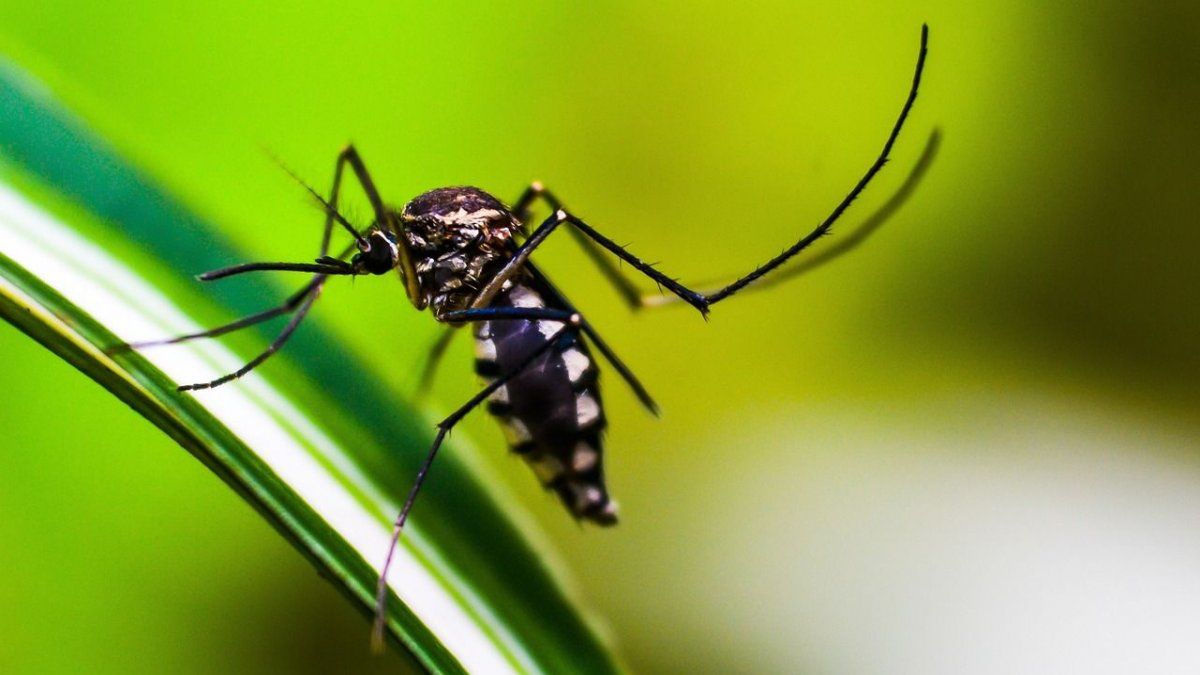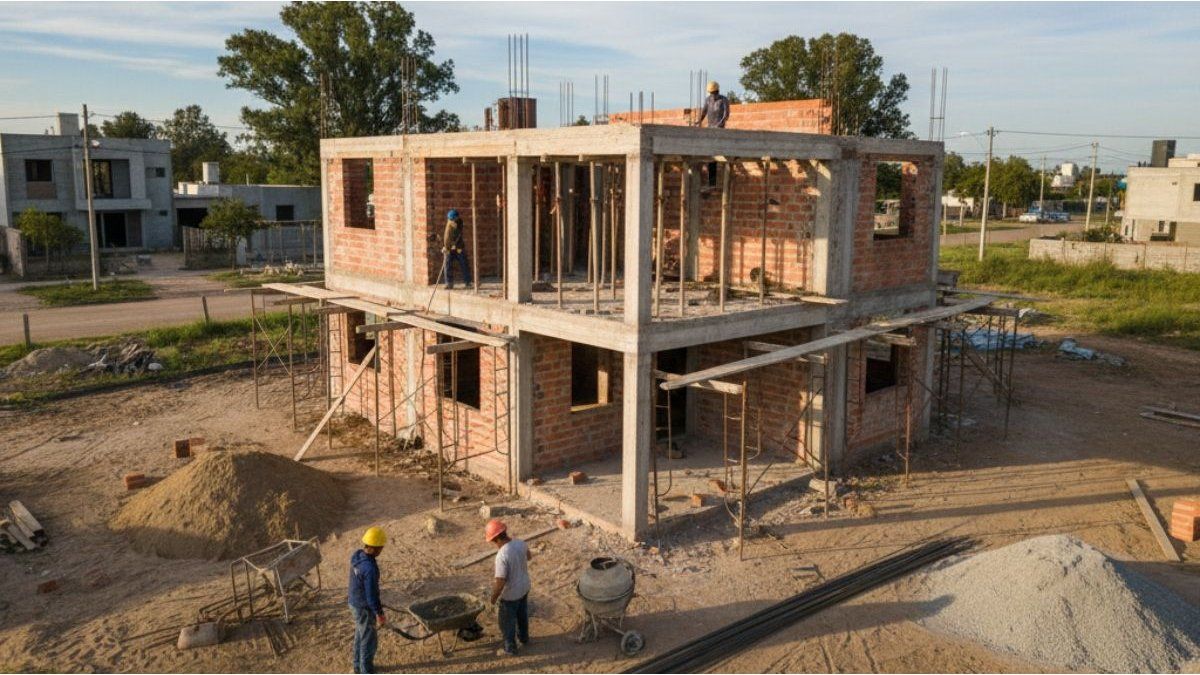After what were record records of this disease in Argentina and Brazilnow dengue – and other mosquito-borne diseases – are on the rise in Europe. Thus he was alerted by the health agency of the European Union (EU).
According to official data, in In 2023, 130 cases of indigenous dengue were observed – in patients without travel history – in the European Union, Norway, Iceland and Liechtenstein. This represents a significant increase compared to 2022, the year in which only 71 infections.
Dengue arrived in Europe
The number of cases of dengue and other mosquito-borne diseases is on the rise in Europe as climate change creates favorable conditions for the spread of invasive insects, the European Union’s health agency warned Tuesday. In In 2023, there were 130 cases of indigenous dengue registered on the European continent.
These figures represent an increase if compared to 2022, the year in which the infected rose to 71. Furthermore, the numbers of patients reflect a “significant increase“compared to the period between 2010 and 2021, in which 73 people were infected in total, according to a statement issued by the European Center for Disease Prevention and Control (ECDC for its acronym in English). On the other hand, the number of imported cases also increased and 1,572 in 2022 to 4,900 in 2023, the highest figures since the start of European surveillance in 2008.
The mosquito Aedes albopictuscommonly known as the tiger mosquito, can transmit dengue, Zika and chikungunya viruses and “It is spreading in the north, east and west of Europe“warned the EU. The health agency added that coordinated measures, such as insecticide-treated mosquito nets and insecticide sprays, are crucial to tackle these diseases, in addition to each individual cleaning stagnant water from balconies and gardens and Take care of your personal protection.
The role of climate change in the spread of mosquitoes
In addition to dengue, EU also recorded a total of 713 cases of West Nile virus. These infections were observed in 123 regions in nine EU countries in 2023, and caused a total of 67 deaths. Although there were fewer cases than in 2022, when 1,130 infections were recorded, The number of affected regions is the highest since 2018.
climate change-climate-heat.jpg
The increase in temperature, as a result of climate change, is one of the factors that increases the reproduction and spread of these insects.
“In Europe, climate change creates favorable conditions for the spread of invasive mosquitoes in areas that have not been affected until now“explained Andrea Ammon, director of the ECDC. The mosquito responsible for the transmission of the West Nile virus, the species Culex pipiens, native to Europe, is present in all countries of the EU and the European Economic Area: “It has autonomous populations in 13 countries of the EU and the European Economic Area“, detailed the ECDC.
The Aedes aegypti species, responsible for the transmission of yellow fever, dengue, Zika and chikungunya viruses, recently established itself in Cyprus and peripheral regions of the EU, such as Madeira and the French Caribbean islands. “We can estimate that climate change will have a major impact on the spread of mosquito-borne diseases in Europe since it will create, for example, environmental conditions favorable to the establishment and growth of mosquito populations“, concluded the ECDC.
How to reduce the mosquito population
The most effective measure to stop the transmission of this type of disease is reduce mosquito populations. For this, it is necessary to eliminate all potential breeding sites for this insect by taking the following measures:
-
Eliminate all unused containers that can accumulate water inside and outside the home and/or workplace: cans, bottles, tires, etc.
-
Turn, cover or protect useful objects that are outside and they can accumulate rainwater or irrigation: for example buckets, basins, drums, toys, etc.
-
Regularly brush, clean and change the water in animal drinkers every 2 or 3 dayscover and drain the air conditioning or rain drain collectors.
- Avoid plants in containers with water or change it frequently (every 2-3 days, trying to carry out the process in the previous point).
- Replace water in pots or plant containers with sandpreventing a puddle from forming on top.
- Fill the pot holders with sand in order to absorb excess irrigation water.
- Maintain patios and gardens weeded.
- Unclog gutters and rain drains.
- Pour boiling water (100°C) on the walls of drainage grates and place metal mesh or mosquito netting on them.
- Keep tanks and containers covered that are used to collect and store water, avoiding leaving openings where mosquitoes can enter.
- Keep swimming pools clean and chlorinated and cover them when not in use.
Source: Ambito




